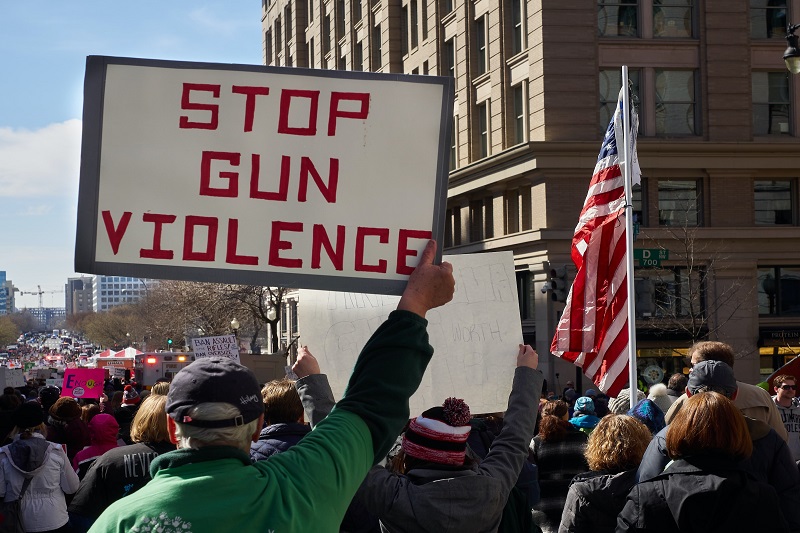
Fourth of July Mass Shootings: Celebrations, alcohol, grievances and summer creating the perfect storm
As the US started a long holiday weekend that culminated on Tuesday with Independence Day, a series of mass shootings started on Friday.
A sidewalk shooting in Chicago on Friday night left one person dead and three others injured. Then early on Sunday, two further shootings – one at a block party in Baltimore and one at a bar in Wichita – left two people dead and 37 others hurt.
Monday night saw five people getting killed and four wounded in a shooting in Philadelphia. Just four hours later, gunshots were heard in a neighbourhood festival in Texas, with three people reported dead and eight others hurt.
Although different experts offer different definitions of mass shootings, one of the most accepted ones is where at least four people get shot. According to the Gun Violence Archive, the US has already recorded 346 mass shootings in the first half of the year.
Keep Reading
US Boasts Of Some Of The World’s Highest Gun Ownership Rates
Amid the chaos, Joe Biden on Tuesday called on Republican lawmakers to support him in advancing certain urgent reforms, including a ban on assault weapons, an end to the legal immunity enjoyed by gun manufacturers, and widespread background checks.
In his remarks, the president remembered last year’s Independence Day celebration in Illinois when a gunman opened fire from a rooftop, killing seven people. The violence was part of a series of mass killings that paved the way for modest reforms intended to halt the shootings.
But gun violence is still a daily reality across the US. Research suggests the Fourth of July, when Americans celebrate their independence from Britain, is the riskiest day for mass shootings, followed by July 5 and New Year’s Day – another traditional party time.
Understanding The Potential Influences
It’s useful to think about a mass shooting as a phenomenon of arguments and grievances, said Professor Daniel Webster, who focuses on gun violence reduction strategies.
Commenting on the Baltimore shooting on Sunday, he said the Brooklyn Homes neighbourhood is “a community very under-resourced, a lot of folks struggling and guns are readily available.”
Putting that brew together with gatherings provides the potential for a mass shooting, Webster continued. Then there is summer too – higher temperatures are a key driver of homicide – and things like alcohol, which altogether create a perfect storm where things could get bad pretty soon.




